Pillow top mattresses may have a shorter lifespan compared to other types of mattresses. This is because the pillow top layer is made of softer materials that can wear out faster with regular use. While the top layer may provide extra comfort initially, it may lose its shape and support over time, leading to a less comfortable sleep experience. This can be a disadvantage for those looking to invest in a mattress for long-term use.1. Shorter lifespan
Compared to traditional mattresses, pillow top mattresses can be significantly more expensive. This is due to the extra layer of padding and materials used to create the plush top. While this may provide added comfort, it also means a higher price tag. For those on a budget, a pillow top mattress may not be the most cost-effective option.2. Higher cost
The softness of the pillow top layer may not provide enough support for some sleepers. This can be a disadvantage for those with back or joint pain as a firmer mattress may be more beneficial for proper support and alignment. Additionally, the lack of support can lead to discomfort and restless sleep, especially for those with heavier body weights.3. Less support
Over time, the pillow top layer may start to sag or lose its shape. This can create an uneven sleeping surface and cause discomfort for the sleeper. The sagging may also affect the support and longevity of the mattress, resulting in the need for a replacement sooner than expected. Regularly rotating and flipping the mattress can help prevent sagging, but it may still occur over time.4. Potential for sagging
The plushness of a pillow top mattress may be too soft for some sleepers. This can be a disadvantage for those who prefer a firmer sleeping surface or those with specific medical conditions that require more support. The softness can also make it difficult to get in and out of bed, especially for those with mobility or balance issues.5. May be too soft for some
The extra layer of padding in a pillow top mattress may trap body heat, leading to a warmer sleep experience. This can be a disadvantage for those who tend to sleep hot or live in warmer climates. The trapped heat can cause discomfort and restless sleep, making it challenging to stay asleep throughout the night. Some pillow top mattresses may come with cooling materials to combat this issue, but it may come at an additional cost.6. Can trap heat
The added weight and bulkiness of a pillow top mattress can make it challenging to move or rotate. This can be a disadvantage for those who need to rearrange their bedroom furniture or those who prefer to flip their mattress regularly. The difficulty in maneuvering the mattress may also make it challenging to clean or maintain, as it cannot be easily lifted or turned.7. Difficult to move or rotate
Due to its extra thickness, a pillow top mattress may not fit all bed frames. This can be a disadvantage for those who already have a bed frame and are looking to upgrade their mattress. The added height of the pillow top may make it difficult to get in and out of bed, especially for shorter individuals or those with a platform bed frame. This may result in the need to purchase a new bed frame to accommodate the pillow top mattress.8. May not fit all bed frames
The added depth of a pillow top mattress may require special sheets or deep pocket sheets. This can be a disadvantage for those who already have a collection of sheets and bedding that may not fit the thicker mattress. Special sheets may also come at an additional cost, adding to the overall expense of the pillow top mattress.9. May require special sheets
Some pillow top mattresses may contain materials that can trigger allergies or sensitivities. This can be a disadvantage for those with allergies or respiratory issues as the pillow top layer may harbor dust mites, mold, or other allergens. It is essential to carefully research the materials used in the pillow top layer and opt for hypoallergenic options if necessary.10. Not suitable for those with allergies
Additional Disadvantages of Pillow Top Mattresses

1. Poor Durability
 Pillow top mattresses are known for their plush and luxurious feel, but this comes at a cost. These mattresses tend to have a shorter lifespan compared to other types of mattresses. The pillow top layer, which is usually made of foam or fiber, tends to compress and lose its shape over time. This can lead to sagging and uneven support, causing discomfort and back pain. This means that you may have to replace your pillow top mattress more frequently, resulting in additional expenses.
Pillow top mattresses are known for their plush and luxurious feel, but this comes at a cost. These mattresses tend to have a shorter lifespan compared to other types of mattresses. The pillow top layer, which is usually made of foam or fiber, tends to compress and lose its shape over time. This can lead to sagging and uneven support, causing discomfort and back pain. This means that you may have to replace your pillow top mattress more frequently, resulting in additional expenses.
2. Limited Firmness Options
 Pillow top mattresses are known for their soft and plush feel, making them perfect for people who prefer a softer sleeping surface. However, for those who require a firmer mattress for proper spine alignment and support, pillow top mattresses may not be the best choice. They are limited in terms of firmness options, and even the firmer options may not provide enough support for some individuals. This can lead to discomfort and restless nights, affecting the quality of sleep.
Pillow top mattresses are known for their soft and plush feel, making them perfect for people who prefer a softer sleeping surface. However, for those who require a firmer mattress for proper spine alignment and support, pillow top mattresses may not be the best choice. They are limited in terms of firmness options, and even the firmer options may not provide enough support for some individuals. This can lead to discomfort and restless nights, affecting the quality of sleep.
3. Heat Retention
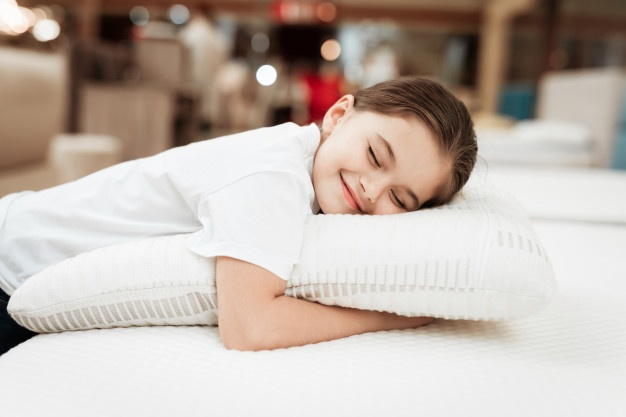 The extra layer of padding in pillow top mattresses can also lead to heat retention. This means that the mattress may trap your body heat, making you feel uncomfortably warm during the night. This can be especially problematic for individuals who naturally sleep hot, as the pillow top layer can exacerbate the issue. This can lead to disrupted sleep and discomfort, particularly during the hot summer months.
The extra layer of padding in pillow top mattresses can also lead to heat retention. This means that the mattress may trap your body heat, making you feel uncomfortably warm during the night. This can be especially problematic for individuals who naturally sleep hot, as the pillow top layer can exacerbate the issue. This can lead to disrupted sleep and discomfort, particularly during the hot summer months.
4. Difficult to Move and Rotate
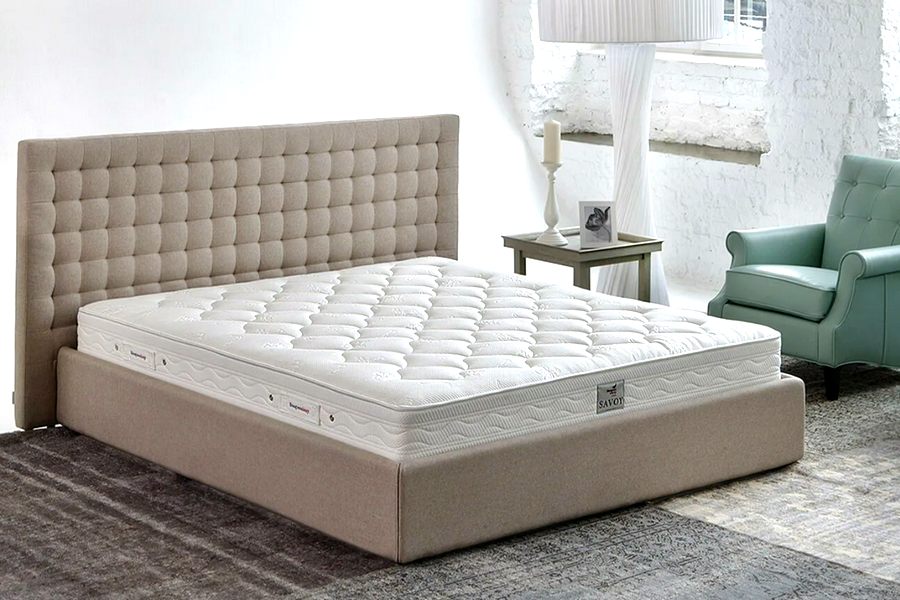 Pillow top mattresses are usually heavier and bulkier compared to other types of mattresses. This can make it challenging to move and rotate the mattress for maintenance purposes. Regularly flipping and rotating your mattress can help prevent sagging and prolong its lifespan. However, the added weight and bulk of a pillow top mattress can make this task a difficult and strenuous one.
In conclusion, while pillow top mattresses may offer a luxurious and comfortable sleeping experience, they also come with their own set of disadvantages. From poor durability and limited firmness options to heat retention and difficulty in maintenance, it's essential to consider all factors before investing in a pillow top mattress. Make sure to research and test out different options to find the best mattress that suits your individual needs and preferences.
Pillow top mattresses are usually heavier and bulkier compared to other types of mattresses. This can make it challenging to move and rotate the mattress for maintenance purposes. Regularly flipping and rotating your mattress can help prevent sagging and prolong its lifespan. However, the added weight and bulk of a pillow top mattress can make this task a difficult and strenuous one.
In conclusion, while pillow top mattresses may offer a luxurious and comfortable sleeping experience, they also come with their own set of disadvantages. From poor durability and limited firmness options to heat retention and difficulty in maintenance, it's essential to consider all factors before investing in a pillow top mattress. Make sure to research and test out different options to find the best mattress that suits your individual needs and preferences.





:max_bytes(150000):strip_icc():focal(899x19:901x21)/wayne-shorter-030223-1-18d4cf6656d04e83adb3487f6056f201.jpg)
























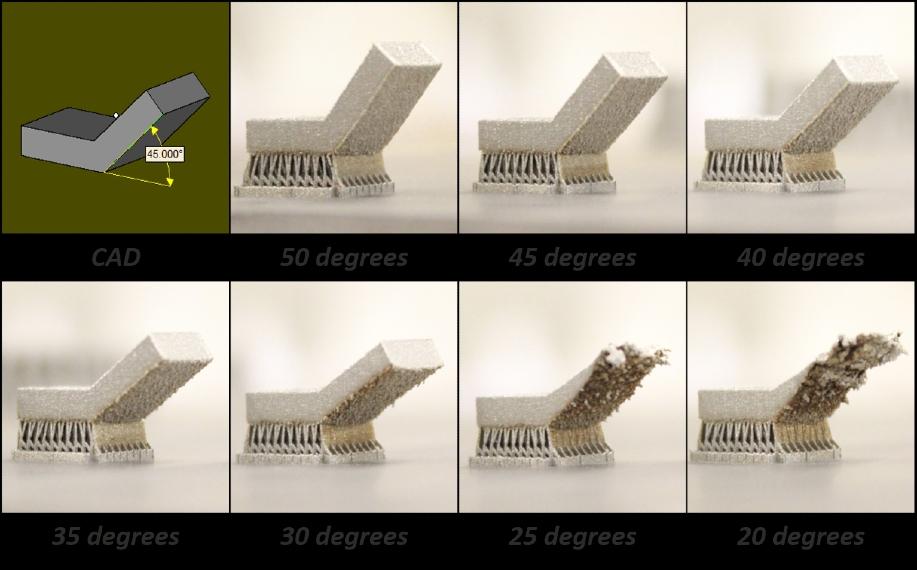









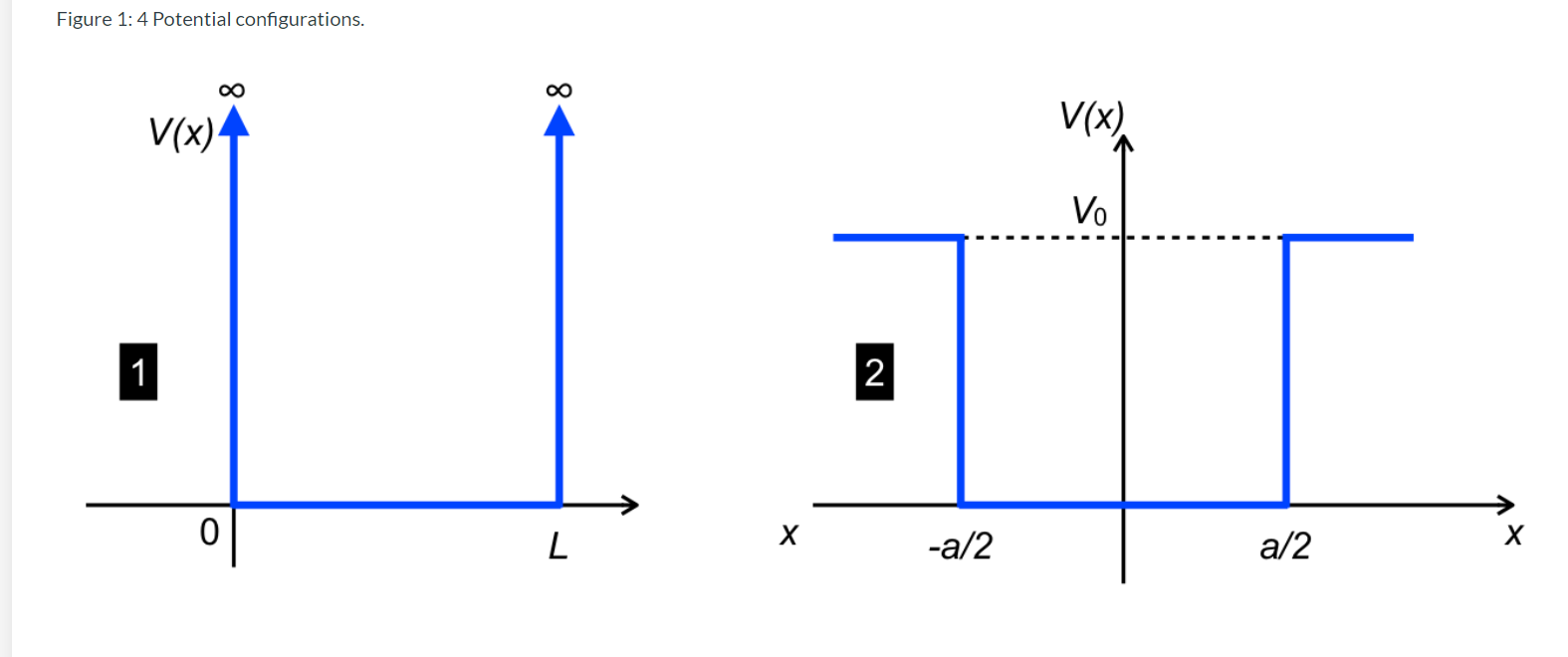






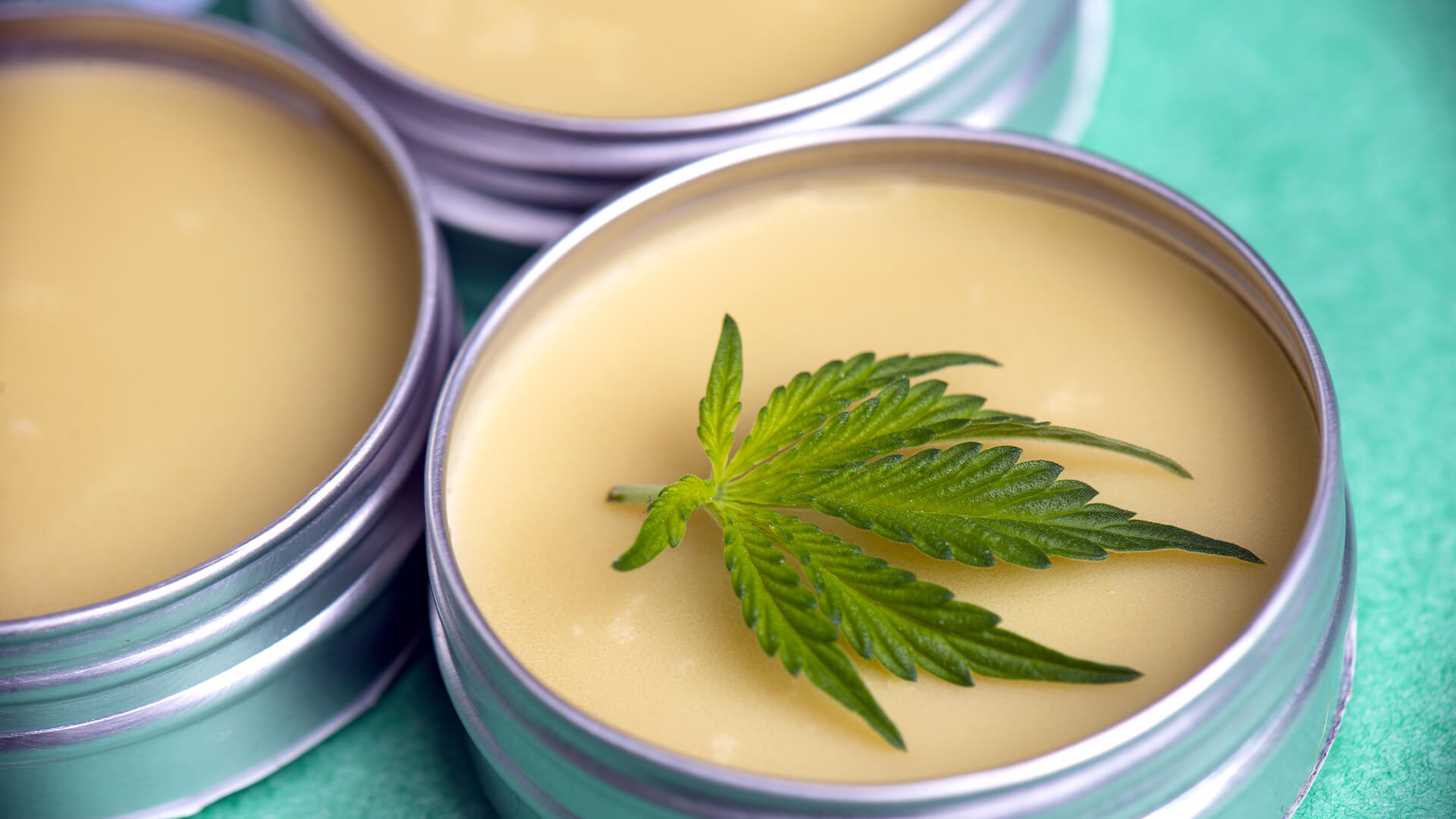












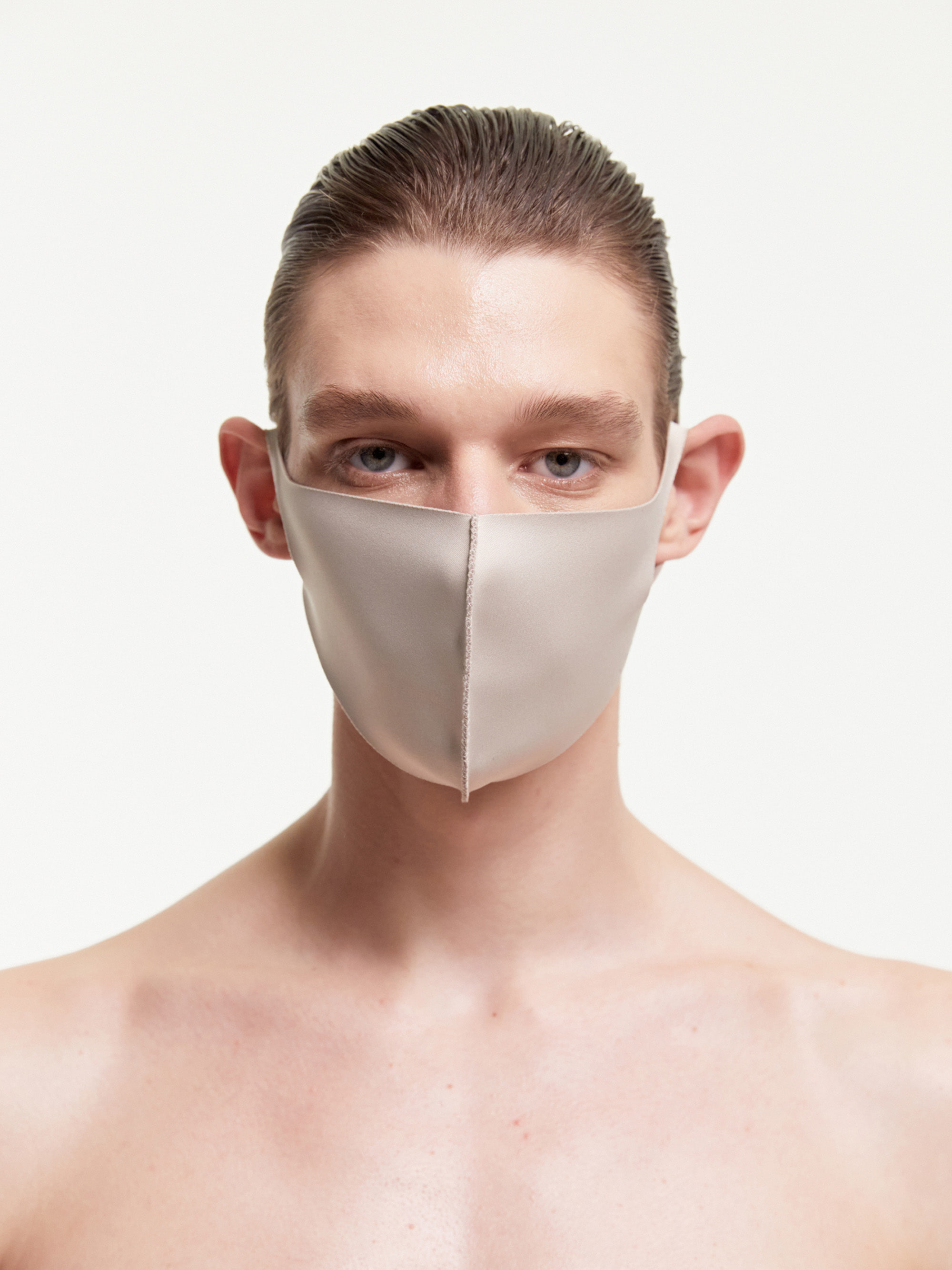





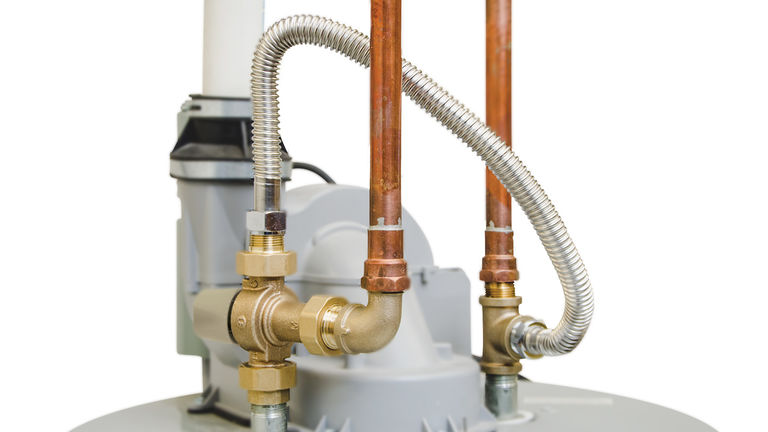

















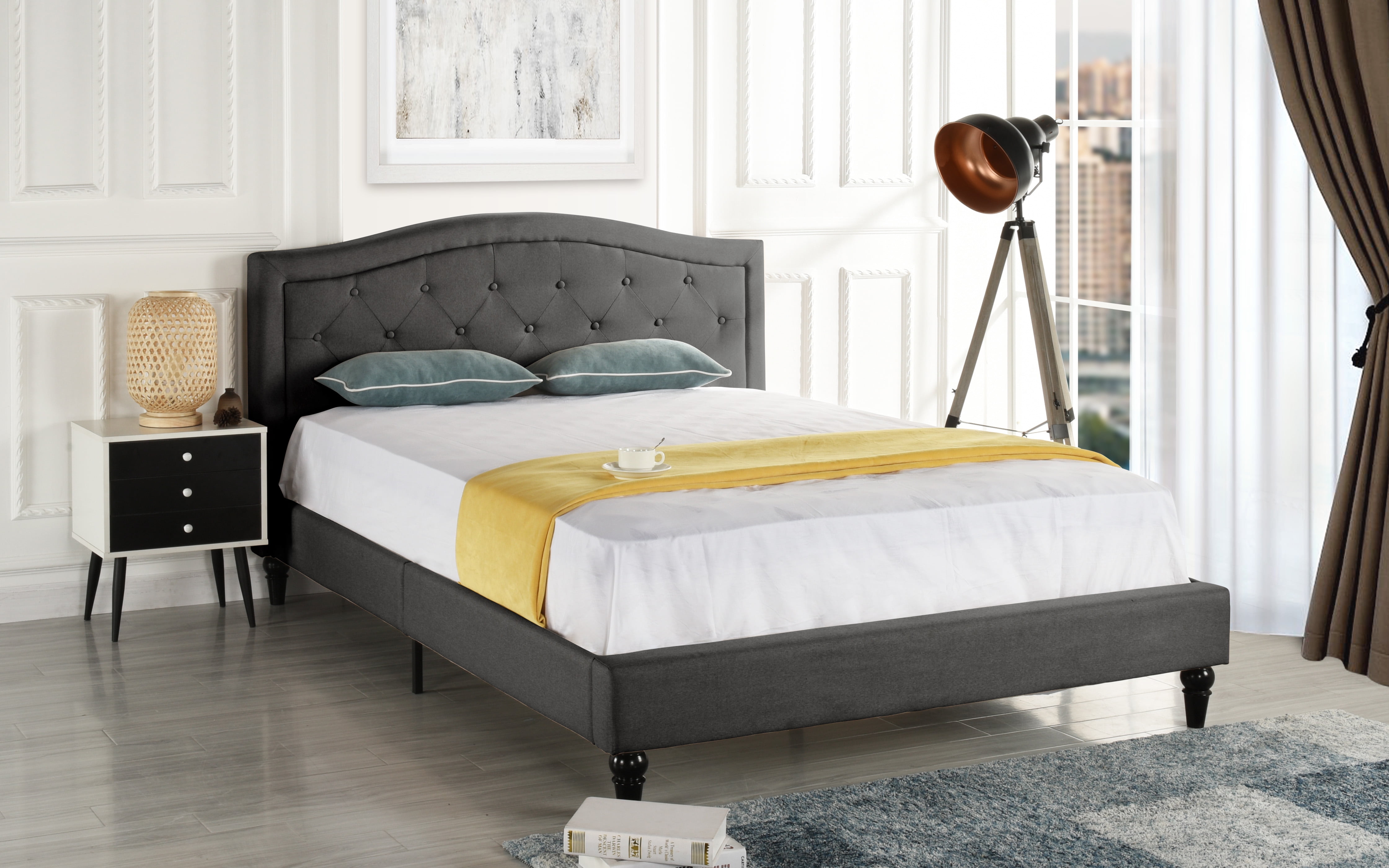



.png)

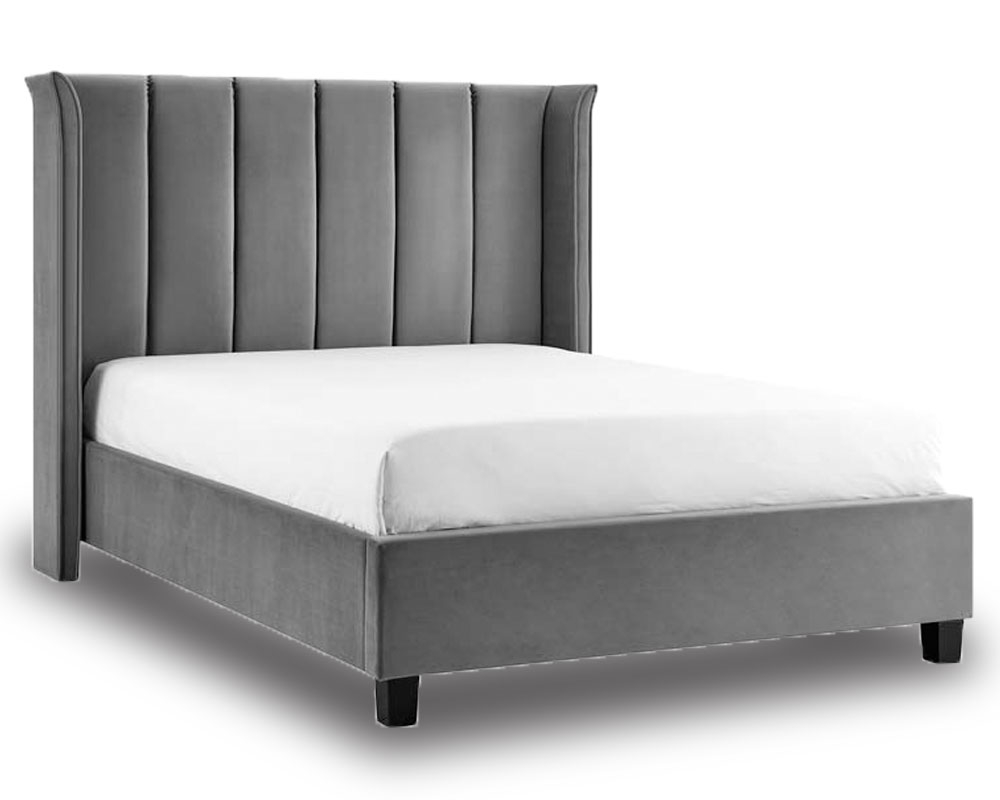
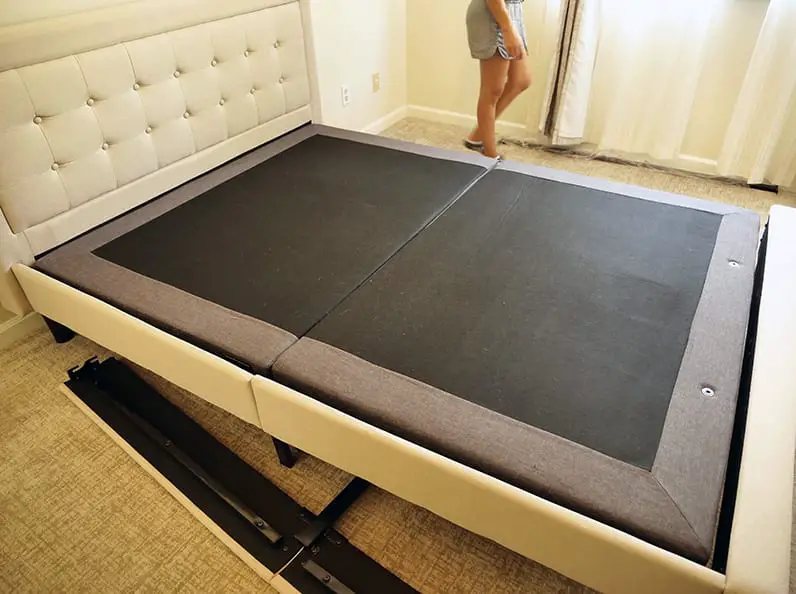




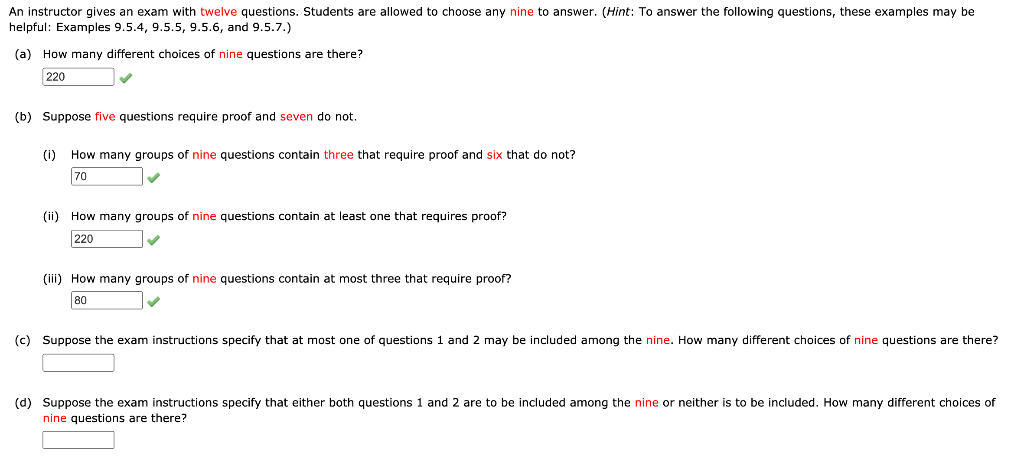





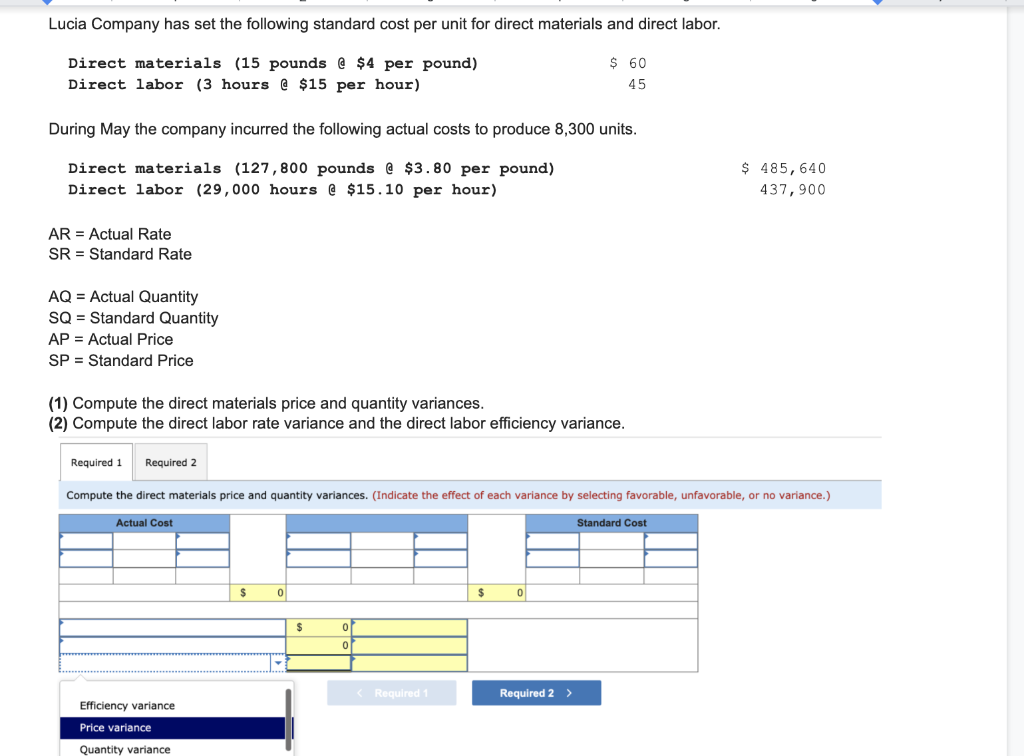







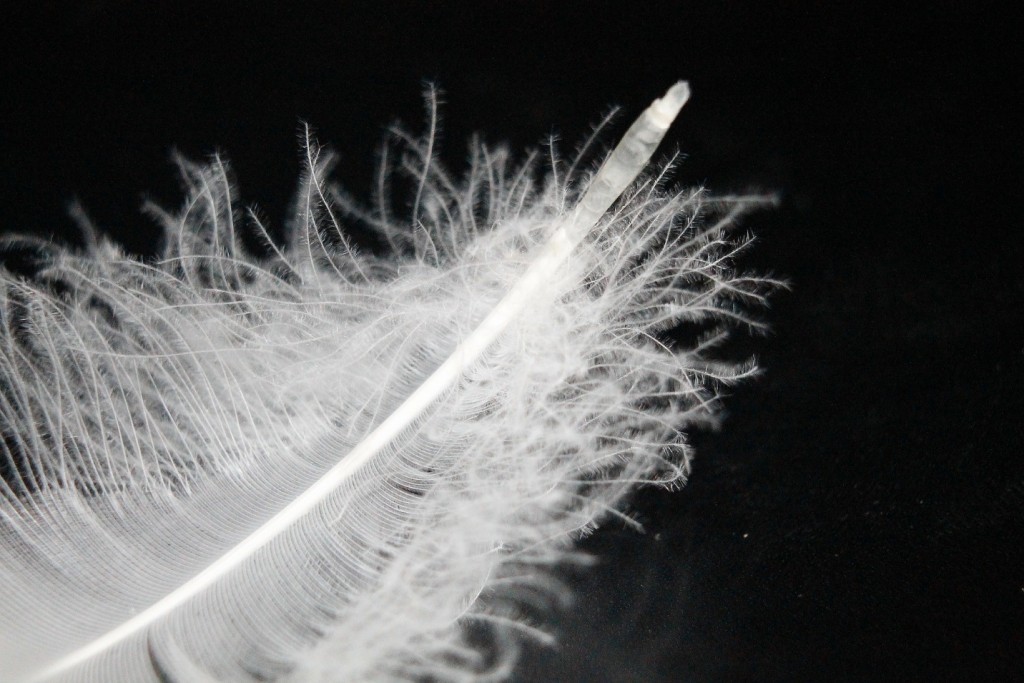


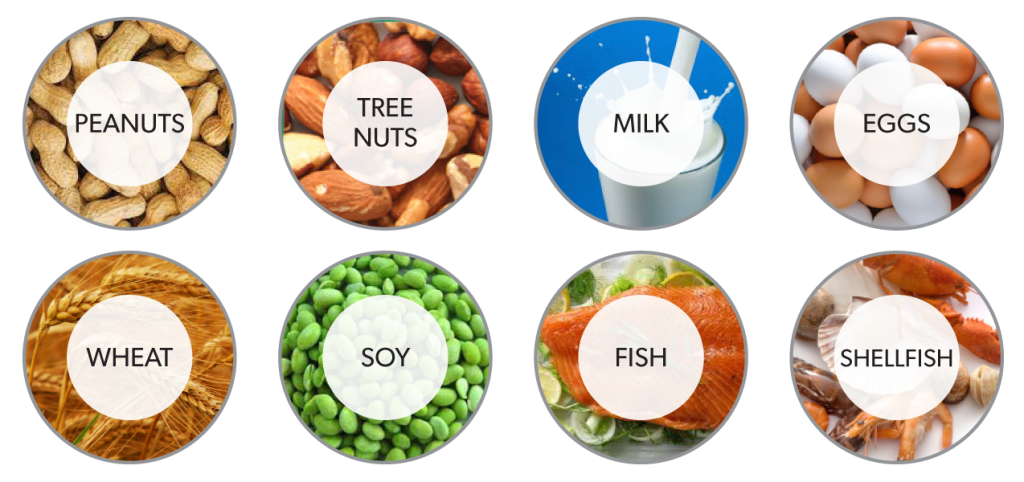
:max_bytes(150000):strip_icc()/AllegraAllergy-0db54037af514ffa82c0c10cf7863733.jpg)







